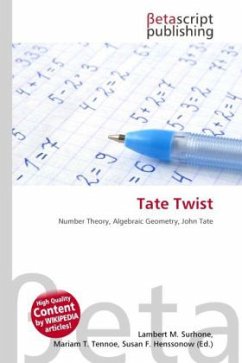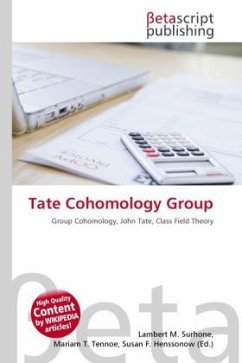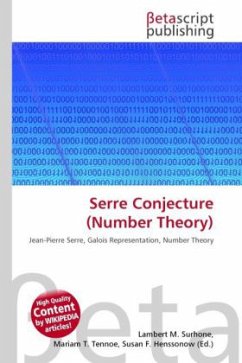
Tate Conjecture
Versandkostenfrei!
Versandfertig in 6-10 Tagen
23,99 €
inkl. MwSt.

PAYBACK Punkte
12 °P sammeln!
High Quality Content by WIKIPEDIA articles! In mathematics, the Tate conjecture is a 1963 conjecture of John Tate linking algebraic geometry, and more specifically the identification of algebraic cycles, with Galois modules coming from étale cohomology. It is unsolved in the general case, as of 2009[update], and, like the Hodge conjecture to which it is related at the level of some important analogies, it is generally taken to be one of the major problems in the field. Tate's original statement runs as follows. Let V be a smooth algebraic variety over a field k, which is finitely-generated ov...
High Quality Content by WIKIPEDIA articles! In mathematics, the Tate conjecture is a 1963 conjecture of John Tate linking algebraic geometry, and more specifically the identification of algebraic cycles, with Galois modules coming from étale cohomology. It is unsolved in the general case, as of 2009[update], and, like the Hodge conjecture to which it is related at the level of some important analogies, it is generally taken to be one of the major problems in the field. Tate's original statement runs as follows. Let V be a smooth algebraic variety over a field k, which is finitely-generated over its prime field. Let G be the absolute Galois group of k. Fix a prime number l. Write H (V) for the l-adic cohomology (coefficients in the l-adic integers, scalars then extended to the l-adic numbers) of the base extension of V to the given algebraic closure of k; these groups are G-modules. Consider.












